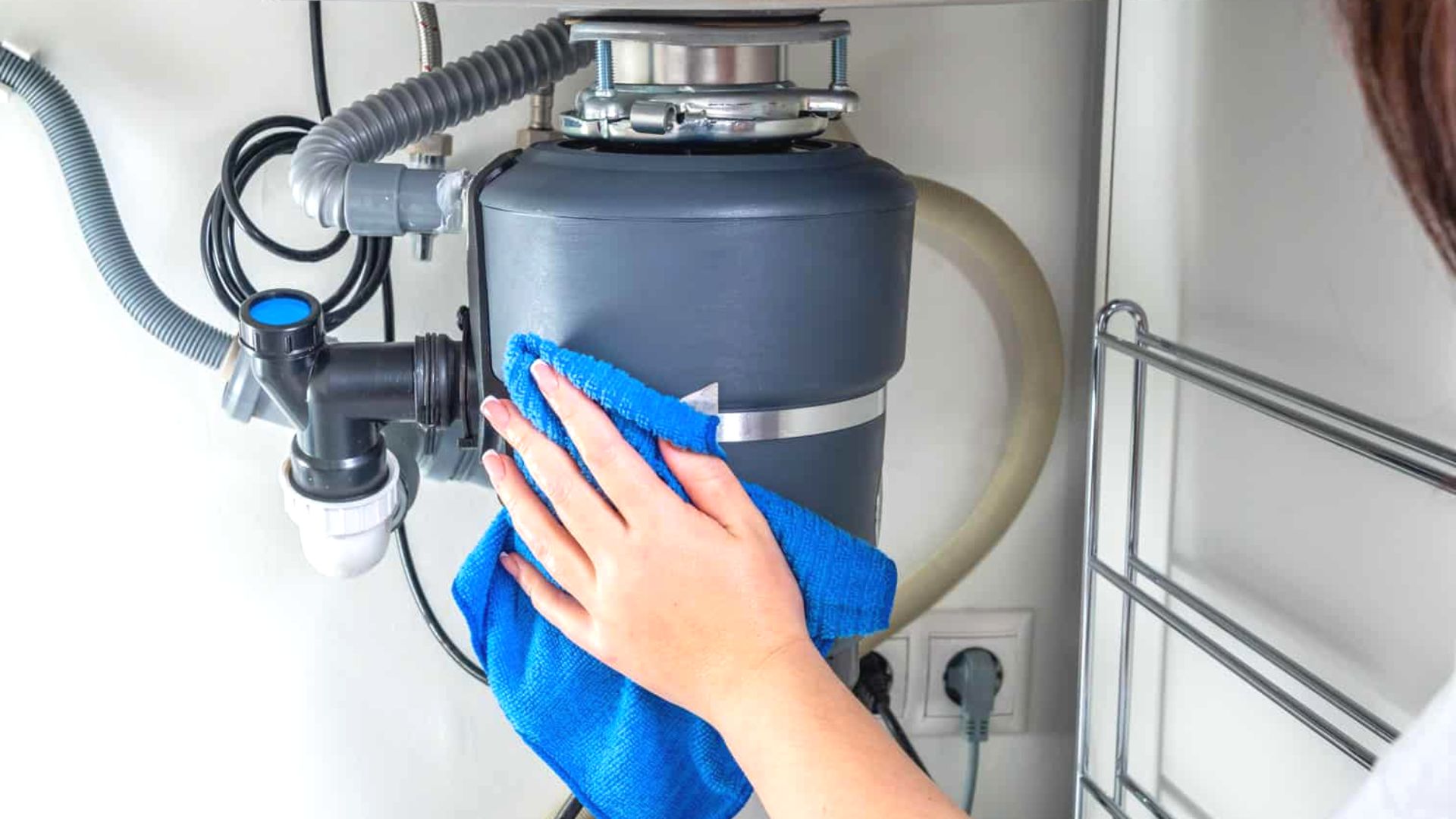Straightforward Steps to Stop a Leak in Your Garbage Disposal
Straightforward Steps to Stop a Leak in Your Garbage Disposal
Blog Article
The content which follows on the subject of Why Is My Garbage Disposal Leaking From the Bottom? is unquestionably intriguing. Don't bypass it.

Garbage disposals are essential cooking area home appliances that aid in throwing away food waste efficiently. However, a dripping garbage disposal can be a frustrating and messy issue to deal with. Fortunately, lots of leakages can be taken care of conveniently with a couple of straightforward steps. In this short article, we will discuss exactly how to fix a leaking garbage disposal properly.
Introduction
Waste disposal unit are mounted under kitchen area sinks and are made to shred food waste right into smaller items, allowing it to go through the pipes system easily. While these tools are generally reputable, leakages can take place with time due to damage, loosened links, or damages to the system.
Usual Causes of Leakages in Garbage Disposals
Worn Seals and Gaskets
Seals and gaskets play a vital function in stopping water from dripping out of the garbage disposal. In time, these components can degrade, causing leaks around the disposal unit.
Loose Links
The connections between the waste disposal unit and the pipes system can end up being loose over time, creating water to leakage out during procedure.
Fractures or Openings in the Disposal System
Physical damage to the waste disposal unit, such as fractures or openings in the housing, can additionally lead to leakages.
Determining the Resource of the Leak
Prior to attempting to deal with a leaking waste disposal unit, it is essential to recognize the source of the leakage. This can generally be done with aesthetic inspection or by performing easy tests.
Visual Assessment
Evaluate the garbage disposal unit thoroughly for any type of indications of water leak. Pay close attention to areas around seals, gaskets, and connection points.
Testing for Leaks
One way to test for leaks is by running water through the disposal system and checking for any noticeable indicators of leakage.
Tools and Products Needed for Fixing a Dripping Garbage Disposal
Prior to starting the repair work procedure, gather the required tools and products, consisting of a screwdriver, adjustable wrench, plumbing's putty, replacement seals or gaskets, and epoxy or patching product for fixing splits or openings.
Step-by-Step Guide to Repairing a Leaking Garbage Disposal
Switch off the Power
Before trying any type of repairs, make sure that the power to the garbage disposal device is shut off to stop the risk of electric shock.
Find the Leakage
Determine the specific location of the leakage and identify the reason.
Tighten Connections
Make use of a wrench to tighten any kind of loose connections in between the disposal device and the plumbing system.
Replace Seals or Gaskets
If the leakage is due to worn seals or gaskets, eliminate the old parts and change them with brand-new ones.
Patching Fractures or Openings
For splits or openings in the disposal unit, use epoxy or an appropriate patching product to secure the broken location.
Examining the Garbage Disposal After Repair
When the repair service is total, check the waste disposal unit by running water with it to make sure that the leakage has been settled.
Preventive Maintenance Tips to Stay Clear Of Future Leakages
To stop future leakages, it is essential to perform regular upkeep on your waste disposal unit. This consists of keeping it clean, staying clear of putting non-food items or tough items down the disposal, and periodically checking for leakages or other concerns.
Final thought
In conclusion, fixing a dripping waste disposal unit is a fairly uncomplicated process that can be finished with fundamental devices and materials. By adhering to the steps laid out in this short article and exercising precautionary upkeep, you can keep your waste disposal unit in good working problem and avoid expensive repairs in the future.
HERE’S HOW TO FIX YOUR GARBAGE DISPOSAL
WHAT TO DO IF SOMETHING IS STUCK IN YOUR GARBAGE DISPOSAL
If the impeller won’t turn, there’s probably something stuck in the disposal. It could be a steak bone or peach pit, although plumbers report pulling all sorts of inappropriate objects out of disposals, such as bottle caps or aluminum foil. Make sure power to the disposal is off, and look inside to see if you can see the source of the jam.
Never stick your fingers in a disposal. Pull out anything you see with tongs or pliers.
If the disposal still won’t work, it may be time to call a plumber or consider buying a new disposal. GEM Plumbing & Heating is here for all of your garbage disposal needs.
WHAT TO DO IF YOUR GARBAGE DISPOSAL DRAIN IS CLOGGED
Take everything out from underneath your sink and put a bucket or other container under your disposal to catch any water that drains out. Disconnect your disposal from the power supply. If it’s plugged into a wall outlet, unplug it. If it’s hardwired into an electrical box, go to the electrical panel and turn off the breaker for the disposal. Pour ¼ cup of baking soda into the drain, followed by ½ cup of white vinegar. Give the solution a few minutes to fizz and do its work. Look into the disposal with a flashlight to see if you can see an object that might be causing the clog. If you see it, remove it using tongs or pliers. MORE TIPS ON DEALING WITH A CLOGGED GARBAGE DISPOSAL
Never use drain cleaner in a garbage disposal. It can damage the plastic parts inside the disposal. You can also be splashed with the caustic liquid while working to clear the clog. Beware! Never stick your fingers into a garbage disposal. Trust us — not a good idea. In many instances, your dishwasher drains through your garbage disposal. This allows the disposal to grind any large food particles that may be drained out of your dishwasher. There are some jurisdictions, however, where the plumbing code prohibits such a connection. WHAT TO DO WHEN YOUR DISHWASHER DRAINS THROUGH THE DISPOSAL
Run some water in the sink so your plunger has at least a ½-inch of water to create a seal and plunge vigorously up and down several times. You may need to repeat this several times. Run hot water down the drain to clear any residue that remains.

We were guided to that editorial about Why Is from an associate on our other web address. So long as you enjoyed our post please do not forget to pass it around. Thank you so much for your time spent reading it.
Call Us Today Report this page